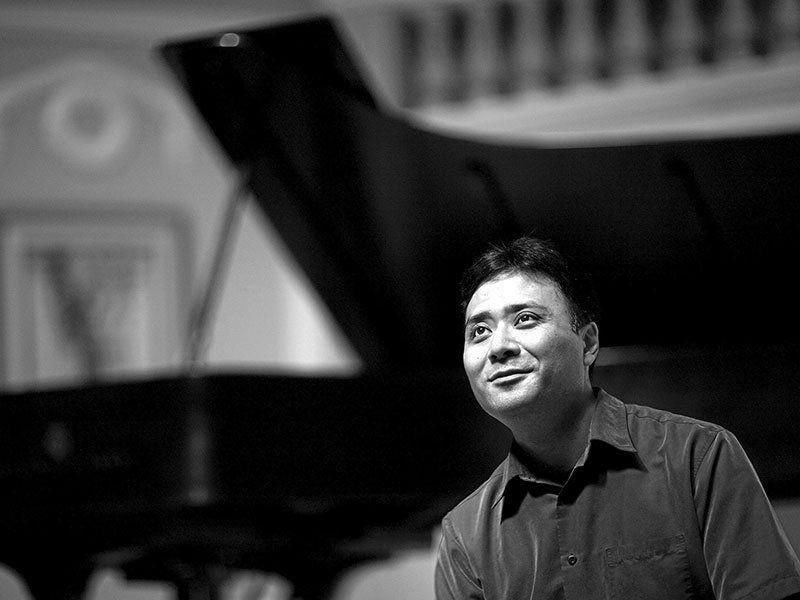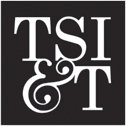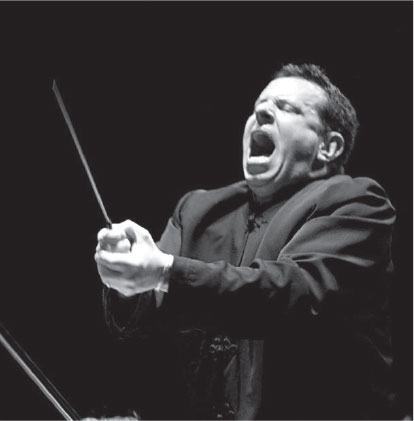Saturday, 29 January 2022 7:30 p.m. MST Helena Civic Center
Watch live on YouTube. Saturday, 29 January 2022
Internationally renowned Pianist and Van Cliburn Gold Medalist Jon Nakamatsu returns to perform Ravel’s emotionally delicate and jazz-infused Piano Concerto. The captivatingly lush and optimistic Fifth Symphony of Englishman Ralph Vaughan Williams sings with emotional strength and spirituality.
Currently in his nineteenth season as Music Director of the Helena Symphony Orchestra & Chorale, Maestro Allan R. Scott is recognized as one of the most dynamic figures in symphonic music and opera today. He is widely noted for his outstanding musicianship, versatility, and ability to elicit top-notch performances from musicians. SYMPHONY Magazine praised Maestro Scott for his “large orchestra view,” noting that “under Scott’s leadership the quality of the orchestra’s playing has skyrocketed.”
About the Guest Artists
Keeping You Safe in the Concert Hall
Due to the recent increase in COVID-19 cases and new variants emerging in Lewis and Clark County and the United States, the Helena Symphony will take necessary precautions to keep our musicians, staff, and audience protected. The Helena Symphony will continue to follow CDC guidelines throughout Season 67 and monitor the daily transmission rates within our county. When the transmission rate is high or substantial, audience members will be required to wear a mask while in the concert hall. On concert nights when the transmission is moderate or low, individuals will be encouraged to wear a mask, but are not required to do so.
Each member of the Helena Symphony Orchestra & Chorale will be tested prior to rehearsals and prior to each concert. This will ensure each musician present on stage is negative for COVID-19. The Helena Symphony will continue to work closely with the county health department and the city of Helena throughout the Season to ensure the safety of our musicians, staff, and audience. If you have questions about how the Helena Symphony will be adapting to the evolving COVID-19 situation this Season, please call our office at 406.442.1860.
About the Program – By Allan R. Scott ©
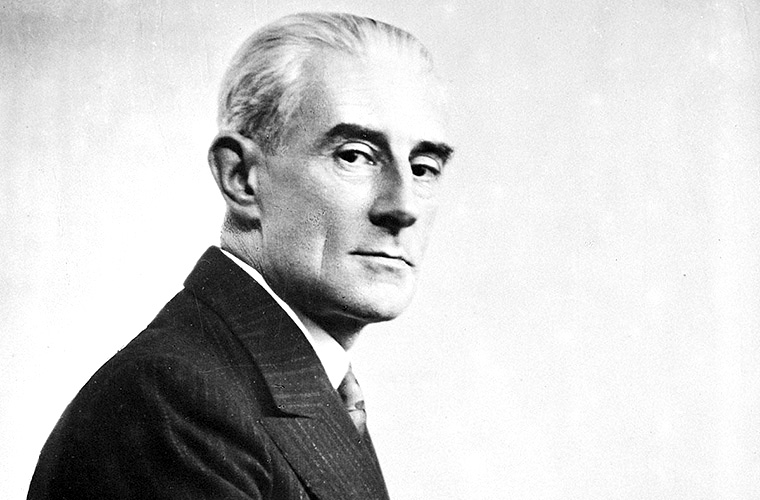
Parallel Events / 1932
MAURICE RAVEL
Born: Down Ampney, England, 12 October 1872 Died: London, England, 26 August 1958
Piano Concerto in G major Ravel’s Piano Concerto is scored for solo piano, piccolo, flute, oboe, English horn, E-flat clarinet, clarinet, two bassoons, two horns, trumpet, trombone, timpani, triangle, snare drum, bass drum, tam-tam, cymbals, wood block, whip, harp, and divided strings.
Duration: 22 minutes
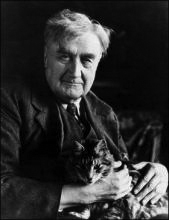
Parallel Events / 1943
Height of World War II in Europe and the Pacific
Italy surrenders to Allies
Aaron Copland composes his Fanfare for the Common Man
Béla Bartók composes his Concerto for Orchestra
Picasso paints First Steps
Leonard Bernstein first conducts the New York Philharmonic as a last-minute substitute
Composer and Pianist Rachmaninoff dies
Rodgers & Hammerstein’s Oklahoma! premieres
RALPH VAUGHAN WILLIAMS
Born: Cibourne, France, 7 March 1875 Died: Paris, France, 28 December 1937
Symphony No. 5 in D major Vaughan Williams’ Symphony No. 5 is scored for piccolo, two flutes, oboe, English horn, two clarinets, two bassoons, two horns, two trumpets, three trombones, timpani, and divided strings
Duration: 42 minutes

